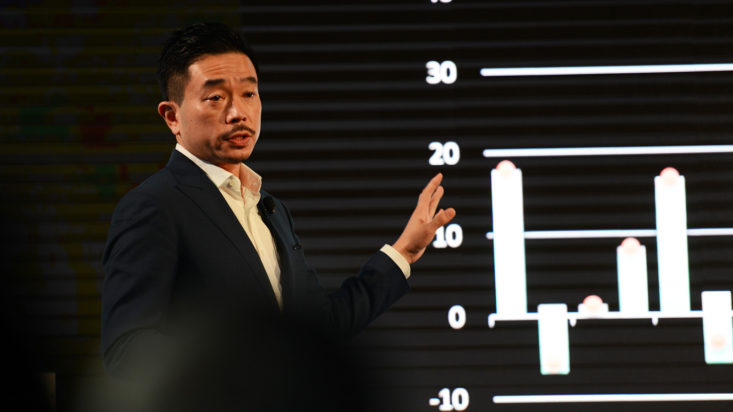‘When bonds didn’t act like bonds’
“When bonds didn’t act like bonds” was the pretext to JP Morgan’s Johnathan Liang when presenting to leading financial advisers at The Inside Network’s Income and Defensive Asset Symposium this week. Comparing the Federal Reserve to the favourite Marvel character, Dr Strange, Liang highlighted the near ‘superpowers’ of the central bank to push asset prices both higher and lower via the flip of policy switch.
The ‘unorthodox’ policy of quantitative easing has been central to the excesses in markets, says Liang, highlighted the surge in valuations of everything from technology stocks to cryptocurrencies. The long-held expectation that correlations between bonds and equities would remain negative was all but broken in 2022, in stark contrast to the 2018 ‘trial run’ which was quickly reversed amid growing volatility.
In the search for answers and strategy insights, JP Morgan’s massive investment team have broken the economic environment into three phases, naturally called the ‘Three Phase Framework’, with the economy potentially having passed through Phase 1.
Titled ‘nowhere to hide’, phase 1 occurs when cash rates begin to increase and have historically been bad for every asset class barring the USD. This has proven the case once again in 2022, with both equities and bonds delivering negative returns and the US dollar near the strongest it has been in decades.
JP Morgan believes the economy may be nearing phase two much more quickly than expected during which “duration is your friend” according to Liang. This occurs when the monetary tightening that has occurred is “beginning to show up in economic numbers” and hits the real economy, something evidence in the US by falling PMIs and weaker employment numbers.
In this phase, correlation benefits begin to credit and duration, particularly government bonds, begin to outperform compared to both credit and equities market. Not unexpectedly, the dollar also tends to remain strong. There are growing signs that this is where the economy sits, according to JP Morgan, who have been stepping back into long duration assets after being in a net short position for most of 2021 on the basis that inflation would not be “transitory”.
Ultimately this ends at the point when the Federal Reserve ‘relents’ sending every asset higher amid a broad-based reduction in rates. So where are the opportunities? Liang suggests the need to be active in terms of duration has never been greater, simply due to the uncertainty of direction and risk of unexpected results. Risk management is more important than ever, as is finding hedges against high conviction positions.
Liang discussed a unique and candid position in Ukraine bonds, which the investment team, on the threat of war with Russia, decided to hedge via the purchase of Credit Default Swaps on Russian bonds. The rest is history, with the hedge paying off significantly and the portfolio position protected.
Among the best opportunities within credit markets at the same time, JP Morgan sees value in high yield bonds, with a credit spread nearing 700 basis points a “buying opportunity”. Similarly, lending to portfolios of multi-family homes and apartment building is also looking attractive as a “play on housing affordability” and the growing pressure to increase rents.











